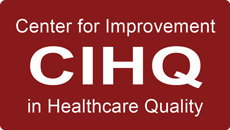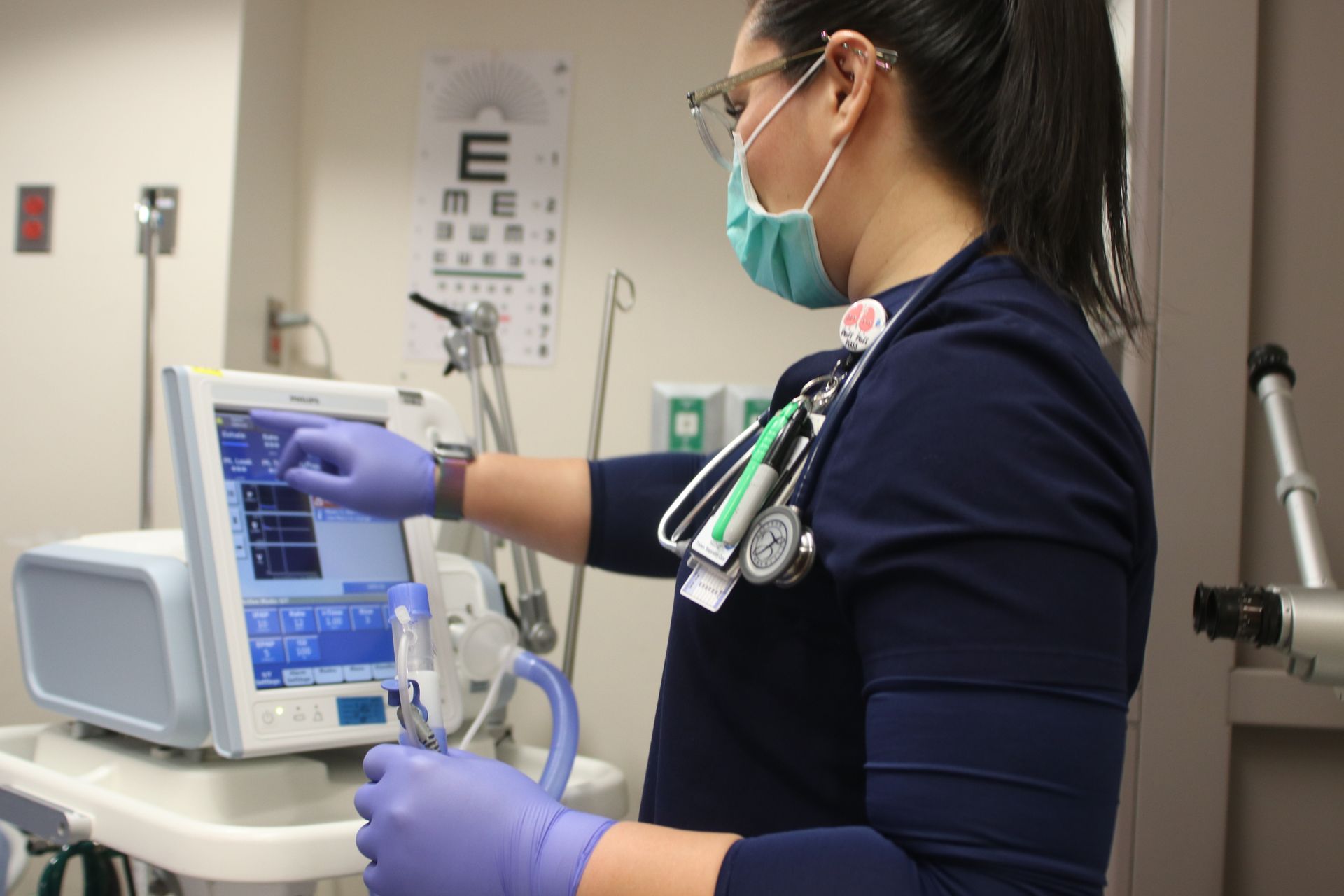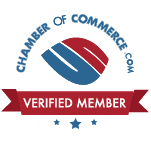Hazardous Material Disasters: How Safe Are You?
Hazardous Material Disasters: How Safe Are You?
Hazardous Materials are commonly used in the healthcare environment. Safe handling, storage and disposal are key considerations for safe management of such materials. Another important consideration is what personal protective equipment should be worn when handling these items. With a variety of different hazardous materials on hand, it can be challenging to keep up with safe management and storage of these items. Occupational Safety and Health Administration (OSHA) has established standards to help ensure that workers are protected on the job. “All employers with hazardous chemicals in their workplaces must have labels and safety data sheets for their exposed workers and train them to handle the chemicals appropriately” (OSHA, 2012).
Here are a few tips to ensure that your organization is providing protective measures to keep your employees safe from exposure on the job:
- Conduct a survey of your facility to identify what hazardous materials are being used.
- Verify that the chemical being stored are still being used (if not, discard appropriately)
- Ensure that Safety Data Sheets (SDS) are available electronically or in paper form such as a manual. If paper manuals are the preferred method, they must be updated routinely.
- All employees must be able to access SDS’s immediately.
- Keep spill kits readily available.
- Train all employees on safe handling of hazardous materials
- Ensure PPE is readily available.
- Be sure to perform routine checks on eyewash stations and decontamination showers to ensure they are in good working order in the event of exposure.
SDS sheets have sixteen sections that address various safety measures specific to the chemical it describes. This standardized format was adopted to ensure ease and to minimize barriers to identifying pertinent information about products.
Accumulating hazardous materials can be dangerous. It is common to find that hazardous materials are being stored that are no longer in use. Safe disposal of these products is a must. Having an agreement with a reputable company that is well trained and certified in hazardous waste removal should be an important consideration. If you have not recently looked at your internal processes for safe handling of hazardous waste materials, do not delay any longer.
Our HCE Global experts understand the challenges that healthcare facilities are facing today. We are here to help. We offer a variety of professional development services to help grow your novice professionals into industry experts. Using a customizable approach, we will help you navigate through even the toughest of challenges. We pride ourselves on helping our clients achieve and maintain a status of excellence in the healthcare industry.
Be sure to browse Our Website for a full list of services we provide.
Contact us today at (800) 813-7117 to schedule a free consultation.
References:








